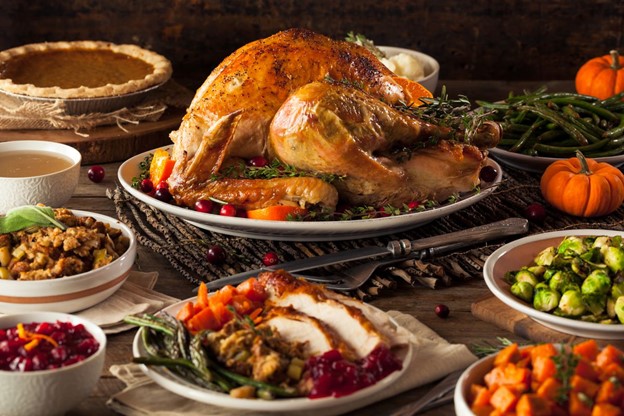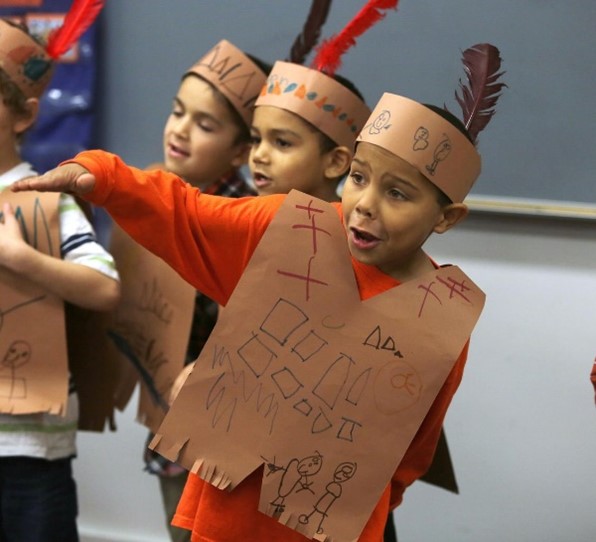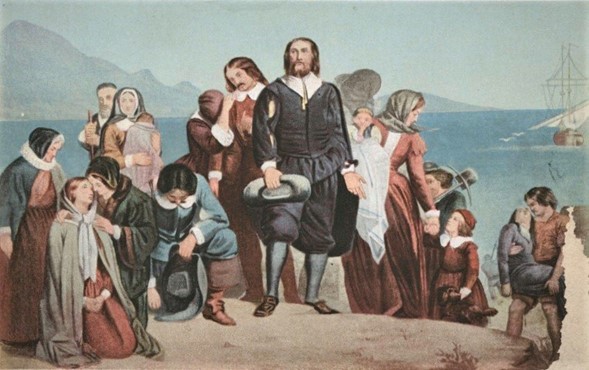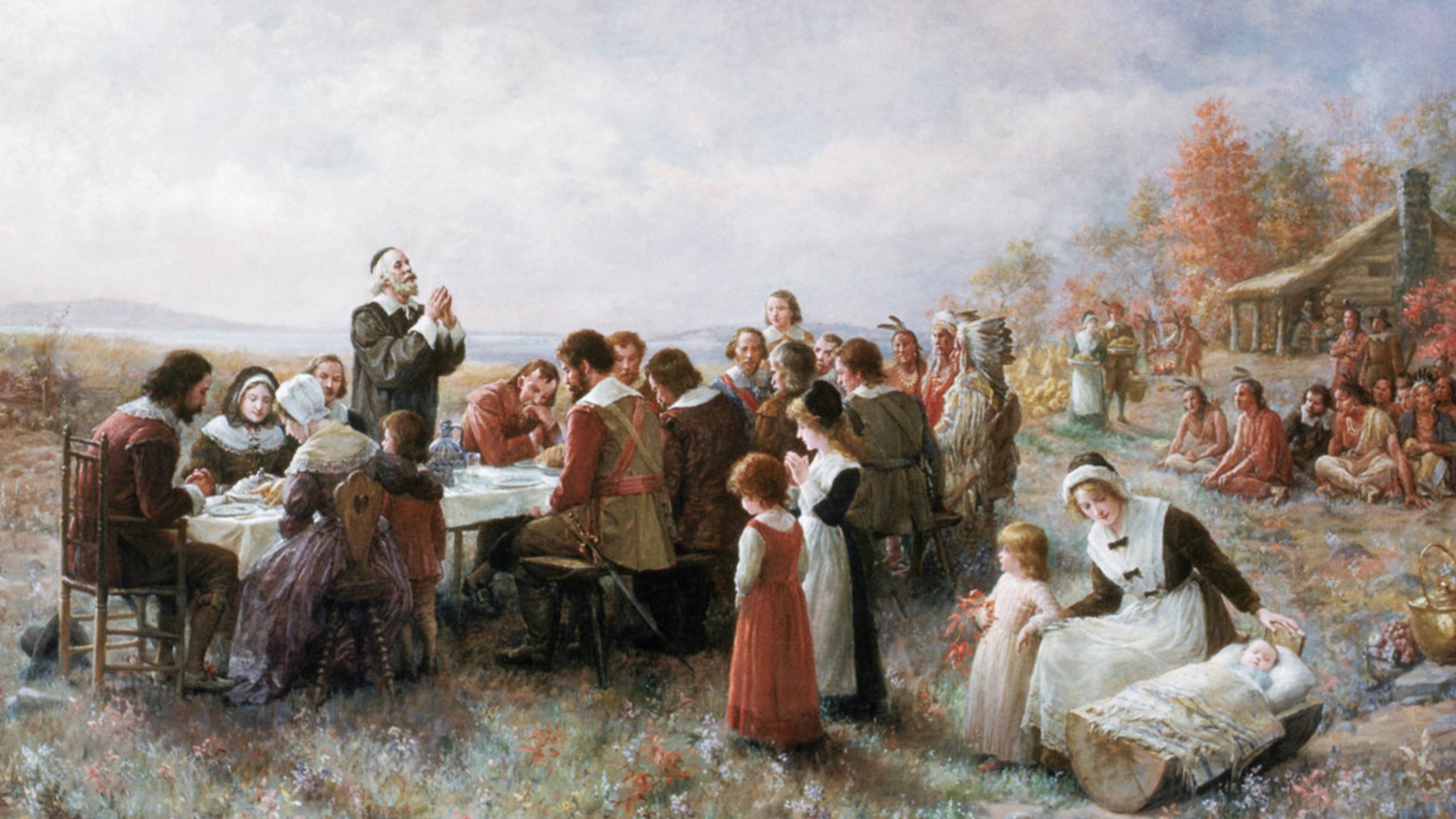
On the fourth Thursday of November since 1863 when President Abraham Lincoln declared it a national holiday, Americans have celebrated Thanksgiving with a feast. Turkey, stuffing, mashed potatoes and gravy, cranberry sauce topped off with pumpkin pie for dessert. Your meal may differ somewhat, but you get the idea. A celebration of the fall harvest, a gathering of families for a big dinner and football. The cook or cooks slaved over a hot stove. The smell of celery and onions in the frying pan getting ready for the stuffing … ah, Thanksgiving dinner.
We were taught in elementary school that it was a massive, multi-day feast held 400 years ago in the Plymouth Colony in 1621. The Pilgrims invited their Native American neighbors to a celebratory feast in honor of their first successful harvest after the Mayflower and her passengers landed in what would become Massachusetts the previous year. We made construction paper “Pilgrim hats” or cut feathers from colorful paper to represent “Indians.” Oh, the good old days. But it was not the true story of how the Puritans of Massachusetts and the Native Americans really got together, if they indeed ever did.

When the Mayflower landed in Massachusetts, well north of their intended destination in 1621, they were a sick and starving set of colonists, little suited for what they found in their new home. Many of those English colonists died soon after arriving. Their 66-day voyage had not been an easy one. Some have suggested they were headed to Virginia and the English colony there, established at Jamestown, Virginia, or possibly the mouth of the Hudson River at present day New York City because they were out of beer. This may not be entirely false as water on ships was notoriously bad, spirts such as beer and rum were a staple of a sailor’s diet. Nevertheless, land they did. What they found was not what they expected.

The Native American tribes of the area we call Massachusetts were not at peace with each other. Native tribes fought regularly over land, and the Pilgrims landed in the middle of it too late in the year to plant much of a crop. The Wampanoag people had seen Europeans before. Their tribal lands extended from southeastern Massachusetts to Rhode Island. Pilgrims, protestant Puritan “separatists” who had been basically driven from Anglican England survived on anything they could scrounge in the wilderness, including food from the Wampanoag people.
The Wampanoag were in competition with other local tribes for land and power. It only made sense that they made “peace” with the Pilgrims. We all know the story. Squanto, or Tisquantum, a Wampanoag, and Samoset, a leader of the Abenaki people, visited the Pilgrims and agreed to teach them how to survive. A formal agreement was made between the settlers and the native people, and in March 1621, they joined together to protect each other from other tribes. The agreement with the English was to protect them from other native tribes more than an act of good will.

While the English in New England would commit any number of atrocities in the years to come, there was indeed a feast held in November 1621. Was there turkey? Maybe but wild game, seafood and vegetables abounded during the multi-day feast.
As you enjoy your Thanksgiving dinner, think of it as just that. A time to be thankful for family, good health, friends and of course, turkey with all the trimmings. Happy Thanksgiving.
For further reading:
Smithsonian Magazine:
New York Times:
https://www.nytimes.com/2017/11/21/us/thanksgiving-myths-fact-check.html
